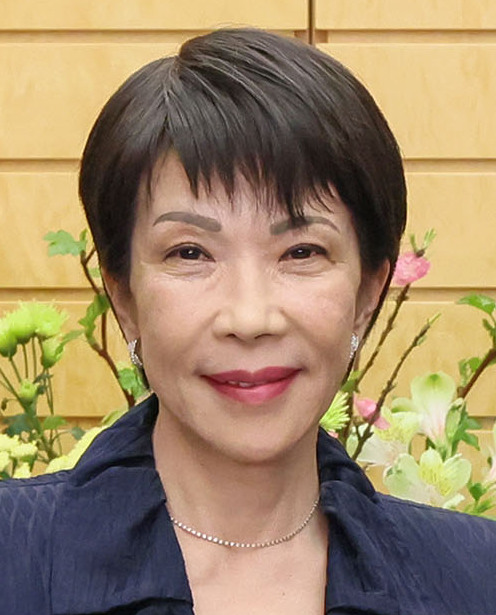
In a nation with fewer than 16% female lawmakers, Japan just swore in its first female prime minister and she’s not the liberal idol some had hoped for. Sanae Takaichi, a 64-year-old ultracconservative, came with a combination of hardline foreign relations, conservative social policies, and a surprising penchant for heavy metal music. It was a historic move, but a sudden hard turn to the right for Japan’s ruling Liberal Democratic Party (LDP).
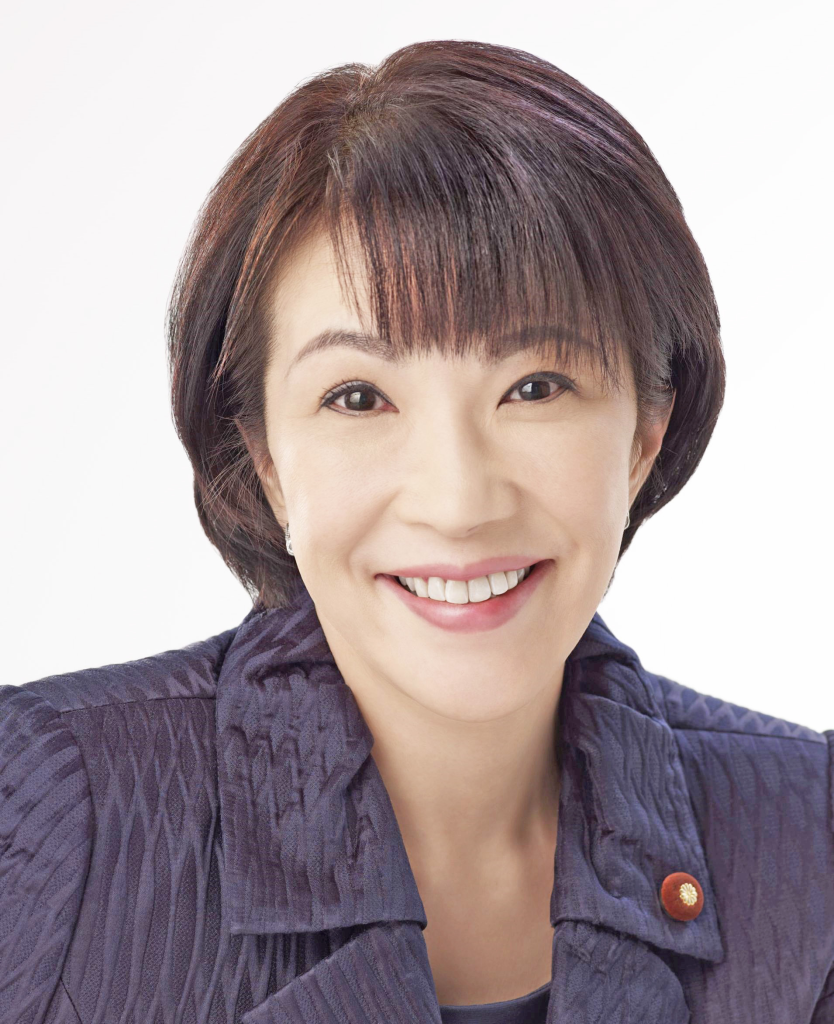
Takaichi premiership comes after a turbulent political year, a decades-old coalition’s demise, as well as a last-minute election alliance with a conservative populist party. She receives a fragile mandate, a stressed economy, as well as strained regional relations notably with China and South Korea. Yet she also carries a distinct personal image: a Margaret Thatcher-esque “Iron Lady” tribute, with a side order of rock drummer with a motorcycle addiction. Here are seven key items on Japan’s new leader.
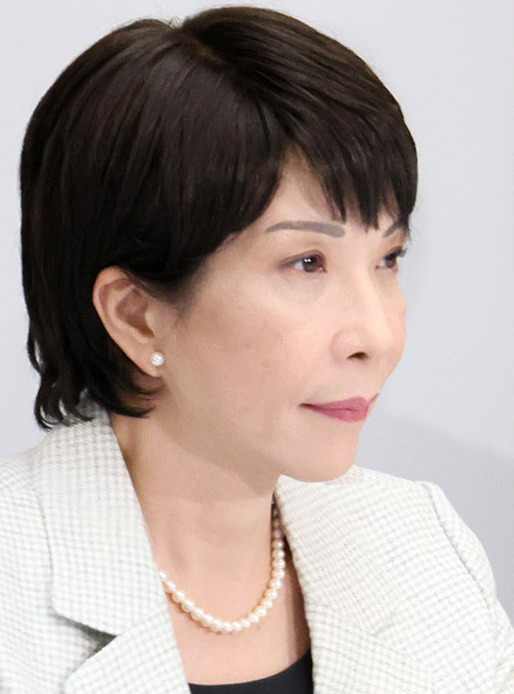
1. From Modest Beginnings to Political Power
Unlike most of her LDP forerunners, Takaichi comes from no political dynasty. She was born in Nara Prefecture to a man who worked for an automaker and a woman who was a local police officer, and she funded her education at Kobe University with part-time work, six-hour commutes a day from home. She went to America in 1987 as a congressional fellow in Democrat Pat Schroeder’s office, in spite of her conservative orientation. It was a period that helped her acquire international political expertise, which she spun off to a TV career before she entered politics a not uncommon trajectory in Japan, where media stardom often leads to election victory.
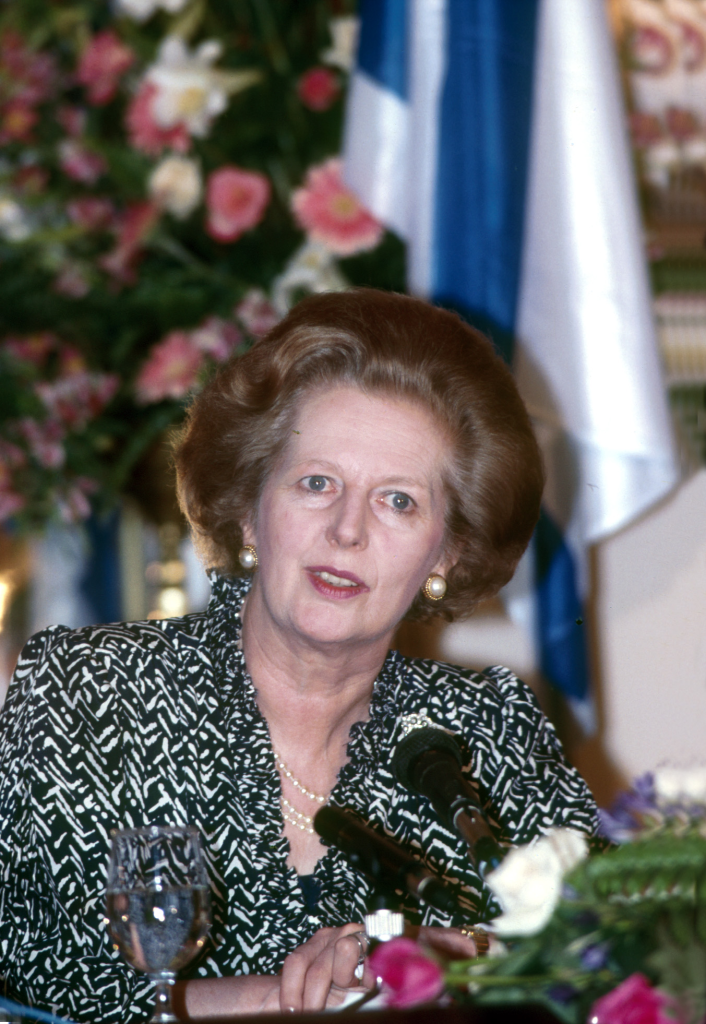
2. A Veteran with a Thatcher-Inspired Character
Takaichi entered parliament in 1993 and joined the LDP three years later. She has held multiple senior roles, including minister of economic security and a record-breaking tenure as minister of internal affairs and communications under Shinzo Abe. Her admiration for Britain’s Margaret Thatcher is evident she often wears blue suits in tribute and embraces a tough, uncompromising style. As a protégé of Abe, she aligns closely with his conservative legacy, particularly on revising Japan’s postwar constitution and taking a hawkish stance toward China.
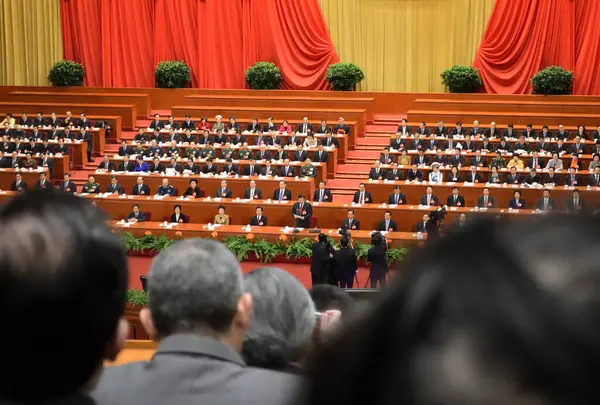
3. Controversial Social Views
Although her election is a first for Japanese women, Takaichi’s policies indicate she will not promote gender equality. She opposes marriage equality, male-female co-succession in the royal family, and permitting married couples to maintain separate surnames, although she uses her own professionally. Critics, including Japanese women under thirty, say she enforces patriarchal values. Though she promised to fill cabinet positions with women at “Nordic levels,” she appointed just two female ministers. She has, though, addressed women’s health, menopause, and caring, with tax breaks for child care services and hospital building.

4. Hardline Immigration National Security Position
Takaichi has been a long advocate of stricter immigration controls, including limits on non-Japanese purchases of property and stiffer penalties for illegal immigration. She has linked such positions with national security, with Chinese citizens potentially being double agents. Her rhetoric will be music to Japan’s far-right, but business leaders will caution against drastic measures for a lack of labour. She promotes an anti-espionage law and increased security coordination with Taiwan on foreign policy, a stance that has already come with harsh warnings from Beijing.
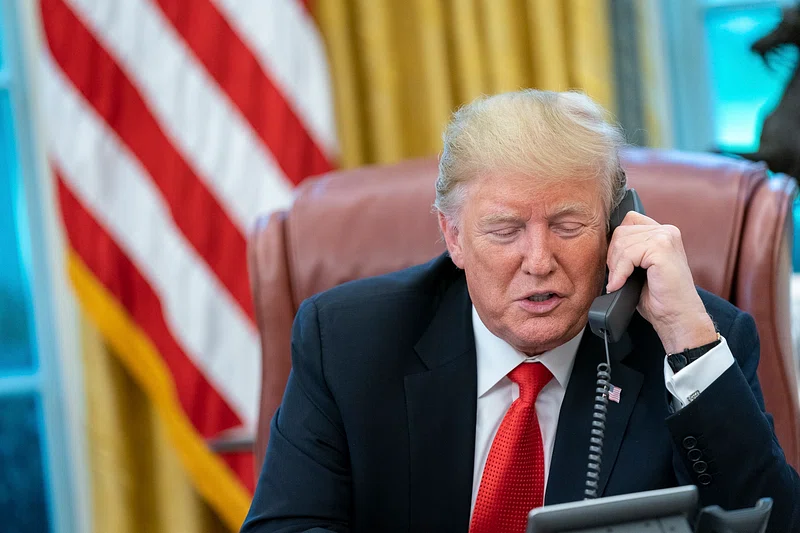
5. Diplomatic Balancing Act With Trump
Takaichi’s interaction with US President Donald Trump has a warm beginning. Trump described her as “a highly respected individual of great strength and wisdom,” which she returned with a commitment to “pursue a Free and Open Indo-Pacific.” She committed to uphold existing trade agreements but sent a clear sign that she will insist on renegotiation if conditions turn out unfavorable to Japan. Pundits predict that she will follow Abe-era tactics: show maximum respect, refrain from open disagreement, and settle policy disputes in private.
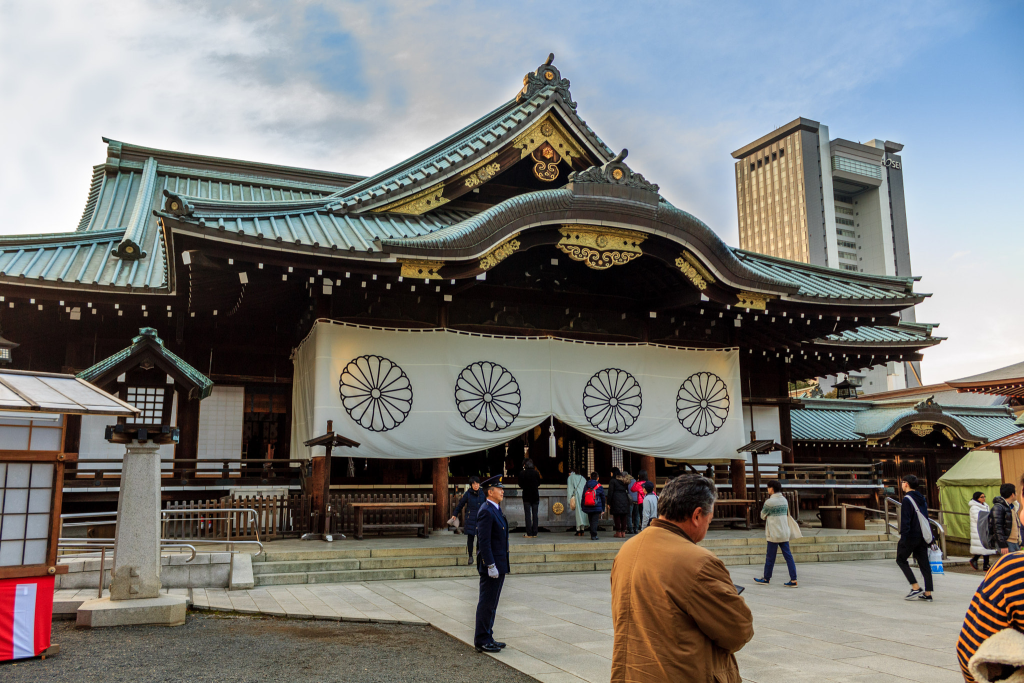
6. Controversy over Yasukuni Shrine
Recurring pilgrimages to Tokyo’s Yasukuni Shrine, which honors Japan’s war dead, including Nuremberg war criminals, have been a constant during Takaichi’s tenure, predictably stirring diplomatic controversy in South Korea and China. This autumn, she skipped a visit in person, offering a ritual offering instead the gesture widely interpreted as being deliberately made before major summits. Her revisionist interpretation of history for World War II continues to be a regional flashpoint, partly as she advocates constitutionally enshrining Japanese expansion of its Self-Defense Forces.
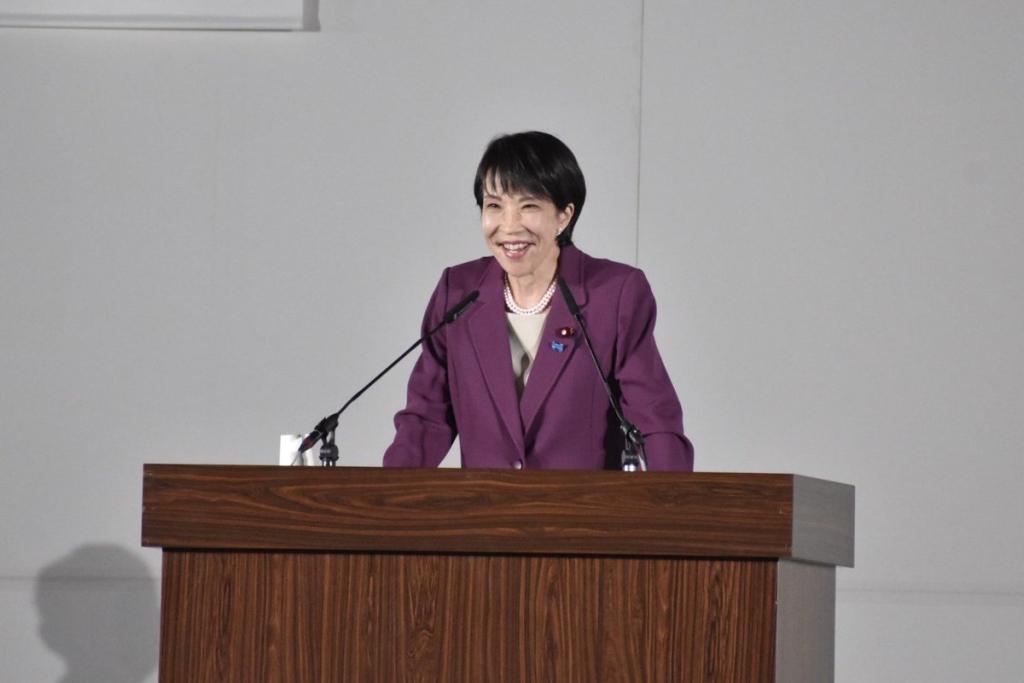
7. A Persona Beyond Politics
Takaichi’s public persona mixes harsh conservatism with notes of individual panache. She was a heavy metal drummer at university, naming Deep Purple and Iron Maiden as favorites, and keeps an electric drum set at home. She is a motorcyclist and car driver; her Toyota Supra goes on display at a Nara Museum and was a scuba diver. All help to make her more relatable as a person to voters, as both strong leader and individual with interests beyond just politics.
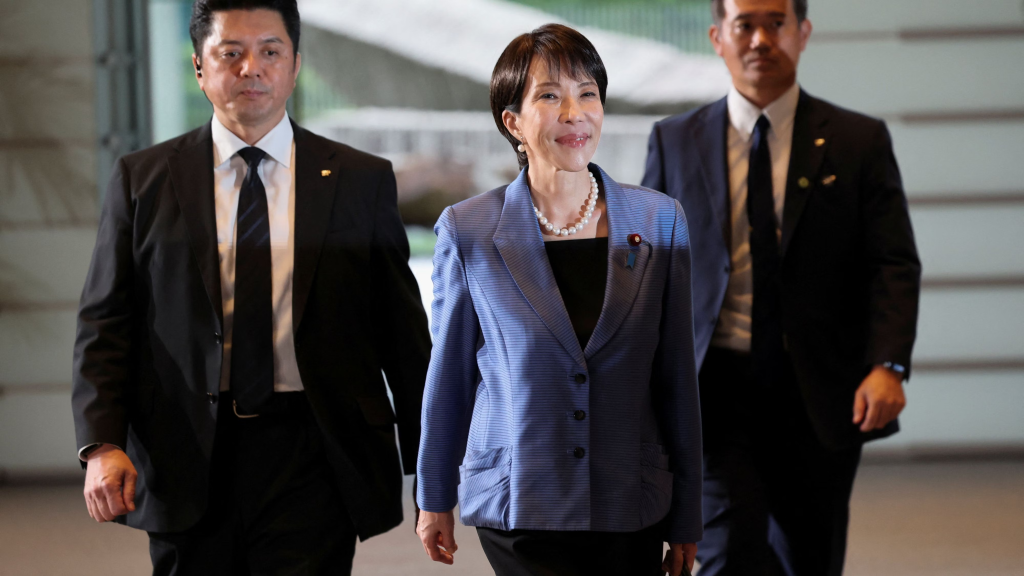
Sanae Takaichi’s rise to Japan’s highest level of power is complicated with contradictions: a historic first for women in Japanese politics alongside policies that maintain customary social order; a nationalist agenda alongside flexible diplomatic overtures. Her premiership will strain Japan’s inward strength as much as its role in a changing world order. She will either turn out to be a transformative leader or a caretaker of the existing order, but her time in power will likely be one of the most keenly observed in Japanese history in decades.


